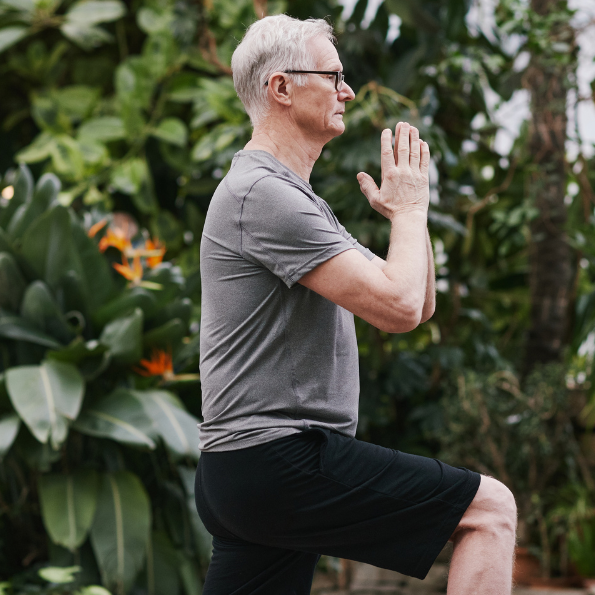Guest post by Jamie Roy
Ageing is a natural process that every person will go through in their lives. However, our health and fitness levels tend to decline as we age. This decline in health can lead to several diseases, including heart disease, stroke, and diabetes. Maintaining good health as you age is essential, primarily through regular exercise and fitness. However, older people need care and attention from others to be motivated to do so. For this purpose, older adult home care came into being.
Older adult home care aims to keep seniors as independent and safe as possible while providing social and emotional support to promote a higher quality of life. This type of care can be personalised to meet the unique needs and preferences of each elderly individual, ensuring that they receive the best possible care within a homely setting.
Physical activities promote fitness.
Fitness plays a crucial role in preventing age-related illnesses in the elderly. Physical activity can improve several physiological processes of the body, such as maintaining a healthy weight, increasing the functionality of the heart and lungs, improving muscle tone and flexibility, and enhancing bone density. Maintaining a healthy weight is critical in protecting older people from preventable cardiovascular conditions, including high blood pressure, stroke, and heart attack.
Regular exercise can also help to reduce blood pressure and lower resting heart rate, thereby increasing cardiovascular fitness levels. Here are ways physical activities promote fitness and well-being;
Improve Muscle Strength
Physical activity can also help to improve muscle tone and flexibility, which can help prevent falls and other accidents in elderly individuals. The loss of muscle and bone density is common in older adults, and this can lead to osteoporosis and brittle bones. However, regular exercise can ensure that the muscles and bones remain healthy and strong.
Decreased Heart rate
Senior adults can benefit most from exercises that engage the body in both aerobic and strength conditioning. Aerobic activities like walking and swimming help increase the heart rate and improve cardiovascular capabilities. In contrast, strength conditioning activities like deadlifts, squats, and bench presses help to strengthen the muscles and improve balance.
Prevent illnesses
Lack of physical activity, inactivity, and a sedentary lifestyle are significant issues in older adults. Many older adults retire and lead a more subdued life, reducing opportunities to remain active. In addition, aging can lead to a decreased ability to engage in physical activity, and some older adults may also develop chronic illnesses and injuries that prevent them from exercising.
Older adults must emphasize maintaining physical activity to counteract the adverse effects of aging. Numerous leisure activities are available for older people, including dancing, walking, swimming, gardening, and even yoga, that are engaging and beneficial for the body.
Reduce prevalent ageing-related problems.
Regular exercise can help to lower the prevalence of common age-related problems, such as arthritis, joint pain, and many other health conditions. By following a regular exercise routine, older adults can experience increased strength, flexibility, and balance while reducing the risk of falls and fractures.
Building and maintaining good habits of keeping the body active and healthy over the years is an excellent way to ensure a high standard of well-being even in older age. This may take effort, as numerous factors, such as social conditions, travel, mobility issues, etc., can come in the way of performing physical activities. However, setting aside time to exercise and keeping oneself engaged in seeking ways to stay healthy and fit will significantly improve overall immunity and
mental wellbeing.
Conclusion
In conclusion, staying active in your senior years is essential for maintaining health, healthy aging, and preventing diseases. Incorporating physical activity into your daily routine can go a long way in improving overall health in older adults. Simple activities like stretching, walking, and yoga can make a world of difference in how you feel; the changes will leave you energised in no time. Therefore, it is necessary to accept the gravity of maintaining physical health and do
everything required to become active again or sustain that momentum to achieve optimal material wellbeing in older age.





